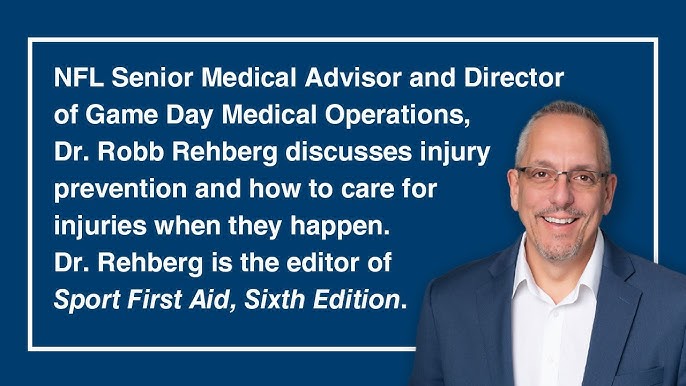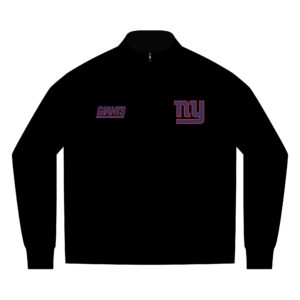When Robb Rehberg donned a helmet as a high school lineman in Ramsey back in the early 1980s, the culture around football injuries was vastly different. A player with a dazed look or ringing ears—“his bell rung”—was often nudged back into play with smelling salts or a pat on the helmet. At the time, the notion that a blow to the head could have lasting consequences was rarely considered.
Fast forward decades later, and Rehberg’s journey has brought him to the heart of the NFL’s medical operations, where his influence helps steer the league’s concussion protocols and player safety standards toward more science, awareness, and caution.
A New Jersey Trainer’s Rise to Influence
Rehberg’s interest in emergency care, injury response, and athletic operations led him to pursue work as an athletic trainer (AT) at the high school and collegiate levels in New Jersey. He immersed himself in research on concussions and spine trauma, often consulting with seasoned professionals like John Davis, former Montclair State University AT and one of the early NFL concussion spotters.
In time, Rehberg’s expertise and reputation grew. He assumed the role of the NFL’s Senior Medical Adviser and Director of Game‑Day Medical Operations, a position in which he has modernized and strengthened the league’s athlete monitoring systems.
The AT Spotters: A Watchful Eye Over the Field
One of Rehberg’s key legacies is the expansion and improvement of the AT Spotters program, introduced in 2015. Spotters, independent athletic trainers stationed in stadium booths, monitor several high-definition camera feeds during each game—watching for signs of head injury or musculoskeletal trauma in real time.
Unlike many other roles, an AT Spotter has the authority to halt a game if they observe evidence suggesting a player is seriously injured. This empowers medical personnel to intervene sooner rather than later. Rehberg describes this as a vital check on the pace and pressure of high-stakes play.
Because athletic trainers routinely observe injury dynamics—both in real time and on practice fields—they are uniquely qualified to identify red flags others might miss. Meanwhile, physicians often see athletes after evaluation, rather than witnessing the immediate moment of impact.
Reducing Harm: Rules, Tech & Culture Shifts
Under Rehberg’s watch, the NFL has introduced multiple changes designed to mitigate risks:
- Modified kickoff rules that reduce high-speed collisions
- Player education and self-report mechanisms for concussion symptoms
- Wider use of Guardian Caps in practice settings to dampen force impact
In 2024, the NFL recorded just 182 diagnosed concussions—the lowest total since the league began transparent tracking. That drop reflects not only evolving equipment but also a culture more willing to pull a player out for evaluation rather than gamble on hidden damage.
The Jersey Divide: Uneven Access to Athletic Training
While Rehberg and Davis have cultivated protocols at the highest level, they remain aware of gaps closer to home. Many New Jersey high schools still lack access to on-staff athletic trainers—or only have one responsible for dozens or even hundreds of student athletes across multiple sports. With limited personnel, the ability to monitor, prevent, or respond to injury is stretched thin.
Rehberg worries that without more investment at the grassroots level, serious head injuries can go unnoticed or untreated—leaving students vulnerable.
A Living Legacy, Not a Static Playbook
At 56, Rehberg still describes himself as indebted to the game. He met his wife, Joelle, a sports medicine specialist, on the sideline of a high school match. Together, they’ve seen football evolve—and often pushed it toward safety.
Rehberg and Davis both teach at New Jersey colleges, shaping the next generation of athletic trainers to adapt in real time. After all, as Davis tells students, “you’re preparing for a job that hasn’t been invented yet.” As sports science and medical understanding progress, the protocols and tools of tomorrow may bear Rehberg’s fingerprints in ways we haven’t yet imagined.
For deeper health and wellness stories across the Garden State, see more on Explore New Jersey – Health & Wellness.
🔗 Explore more











